06-07-2024, 11:34 AM
(This post was last modified: 06-07-2024, 11:41 AM by rystills.
Edit Reason: embed attached images into text
)
I have a scene set up similarly to the chain sample scene, with a chain attached statically to the ceiling at one end, and dynamically to a rigidbody at the other. In the editor they appear like:
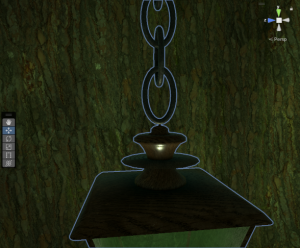
Upon running the game with gravity disabled on the body, the chain is stretched down a bit:
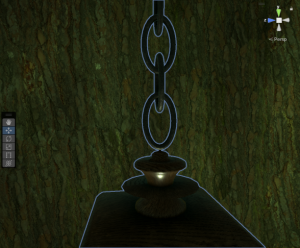
If gravity is enabled on the dynamic body, the chain stretches down further, and the body becomes slightly disjointed from the chain:
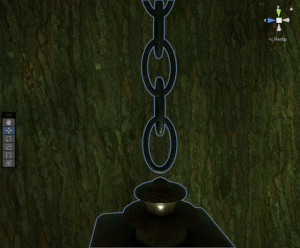
Each time the root object containing the solver, chain, and body is disabled and subsequently reenabled, the body becomes further disjointed by the same amount:
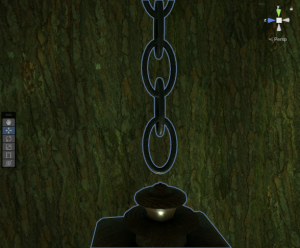
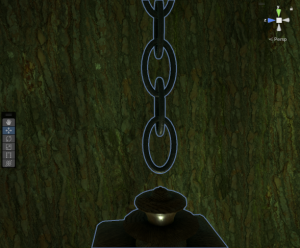
This behavior can be replicated by manually disabling / enabling the chain and ball while running the chain sample scene. In my case, I can compensate for the initial disjoint by shifting the body up slightly in the editor, but I'm having trouble preventing the further disjoint on re-enable. Is there a recommended way to prevent/mitigate this behavior?
Upon running the game with gravity disabled on the body, the chain is stretched down a bit:
If gravity is enabled on the dynamic body, the chain stretches down further, and the body becomes slightly disjointed from the chain:
Each time the root object containing the solver, chain, and body is disabled and subsequently reenabled, the body becomes further disjointed by the same amount:
This behavior can be replicated by manually disabling / enabling the chain and ball while running the chain sample scene. In my case, I can compensate for the initial disjoint by shifting the body up slightly in the editor, but I'm having trouble preventing the further disjoint on re-enable. Is there a recommended way to prevent/mitigate this behavior?




